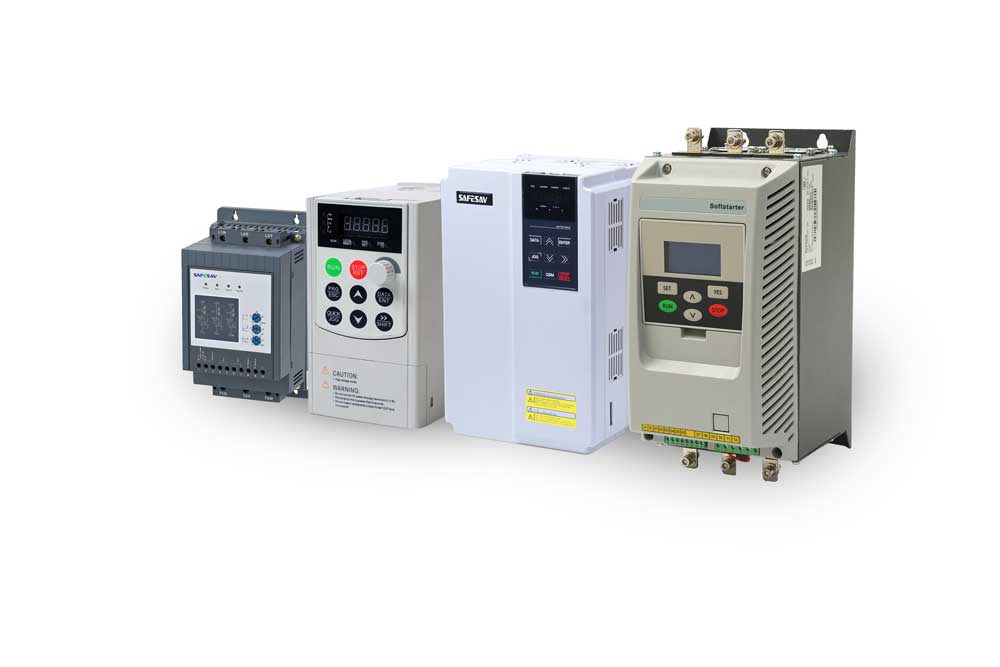The specific classification of frequency converters is divided into

With the expansion of the market and the diversification of user-side demand, inverter products in the domestic market have been improving their functions, becoming more integrated and systematic, and more convenient to operate, while special inverter products for certain industries have also emerged. In addition, the application fields of inverters are also expanding. From factory production and processing equipment to central air conditioning, from heavy machinery to light textile industry, from 0.4KW small power to 20,000KW high power motors have been widely used, and achieved obvious economic benefits. Therefore, the classification of inverters is specifically divided into the following categories:
1)Classification according to the input voltage level
Inverter according to the input voltage level can be divided into low-voltage inverter and high-voltage inverter, low-voltage inverter domestic common single-phase 220 V inverter, three-phase 220 V inverter, i-phase 380 V inverter. High voltage inverter commonly has 6 kV, 10 kV transformer, the control mode is generally transformed by high low a high inverter or high a high inverter way.
2)Classification according to the method of frequency conversion
Frequency converter is divided into AC-AC type inverter and AC-direct type inverter according to the method of frequency conversion. The AC-AC inverter can directly convert the AC frequency into AC frequency and voltage that can be controlled, so it is called direct inverter. The AC-DC inverter converts the frequency AC power into DC power through the rectifier first, and then converts the DC power into AC power with adjustable frequency and voltage, so it is also called indirect inverter.
3)Classification by the nature of DC power supply
In AC-DC inverter, the nature of DC power supply is classified into voltage type inverter and current type inverter according to the process of transforming the main circuit power into DC power supply.





